What’s the Difference Between Double Concentrated Tomato Paste and Tomato Purée?
In the field of cooking, the selection of tomato products directly affects the flavor level and texture of dishes. Common confusions in home kitchens and professional kitchens - "What is the difference between Double Concentrated Tomato Paste and Tomato Purée?"
1. Production process: the concentration multiple determines the core difference
According to the EU "Processed Tomato Products Standard" (ETP 2023), double concentrated tomato paste needs to undergo a double evaporation process: after the fresh tomatoes are crushed and preheated, 50% of the water is first removed by vacuum concentration to form a basic paste, and then 25%-30% of the water is further removed by low-temperature secondary evaporation. The final solid content of the finished product is 28%-32%, and 6-8 kg of fresh tomatoes are required per kilogram.
Purée uses a single pasteurization process: the peeled and seeded tomato pulp is mechanically ground and canned directly. The quality is stabilized only by heat treatment, and the solid content is maintained at 8%-12%, close to the natural texture of fresh tomatoes.
2. Comparison of ingredient characteristics
Flavor intensity
The double concentration process increases the lycopene concentration to 2.3 times that of ordinary paste (USDA FDNS database), and forms a unique Menard reaction caramelization flavor. In comparison, tomato puree retains more of the fresh tomato's sour taste.
Nutrient density
The concentration process greatly improves the bioavailability of β-carotene (increased by 210%) and potassium (concentration ratio 1:4.7), but the loss rate of vitamin C due to heat sensitivity is 65%. Tomato puree retains more than 90% of water-soluble vitamins.
Texture performance
The double concentrated paste is dark reddish brown gelatinous and highly plastic; tomato puree is a highly fluid slurry containing visible pulp fibers.
3. Professional application scenario guide
These two ingredients can never replace each other - they are essentially two completely different seasoning media.
The core value of double concentrated tomato paste
Flavor founder: 0.5 teaspoons can provide a deep base flavor for 1L stew (fat-soluble aromatic substances are stimulated after stir-frying in hot oil)
Texture regulator: Replace flour for thickening in low-water dishes such as Spanish cold soup and Moroccan tagine
Color enhancer: 50% less than ordinary paste to achieve the same color saturation
Functional positioning of tomato paste
Quickly build a liquid base (such as pizza sauce, seafood soup)
Sicilian tomato salad that needs to retain the granular texture of the pulp
Egg dishes cooked in a short time (avoid the bitter taste of concentrated paste)
4. Economic and sustainable choice
Experimental data shows that using double concentrated paste to make 1L standard pasta sauce can reduce 38% of packaging material loss and 27% of transportation carbon emissions compared to tomato paste. After opening, home users can freeze it in silicone ice cubes to maintain the active flavor for 18 months.
For exclusive discounts and the latest offers, please enter your address and information below.

 EN
EN  English
English Français
Français 中文简体
中文简体

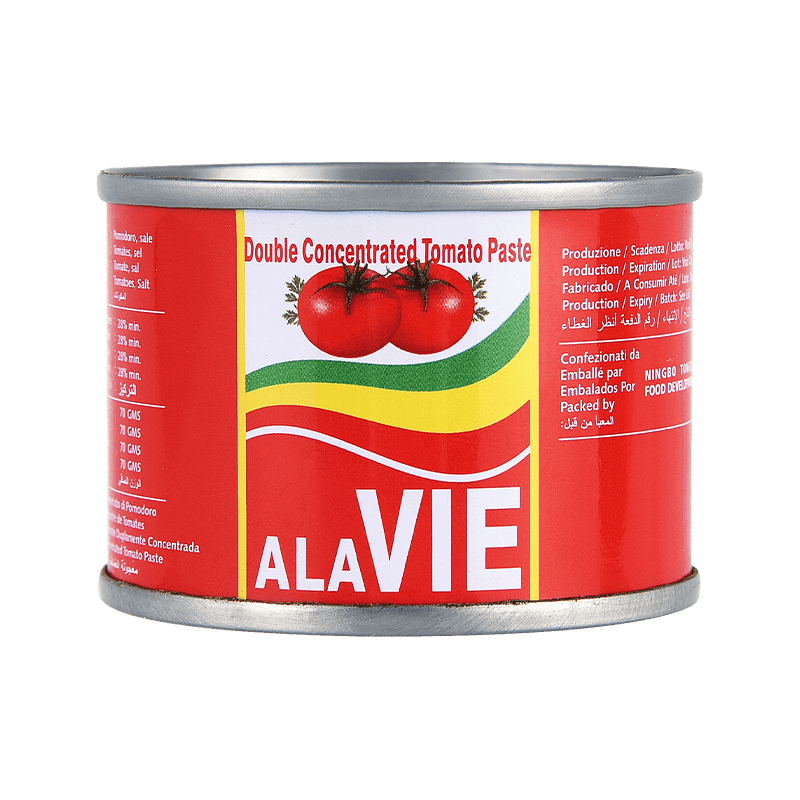

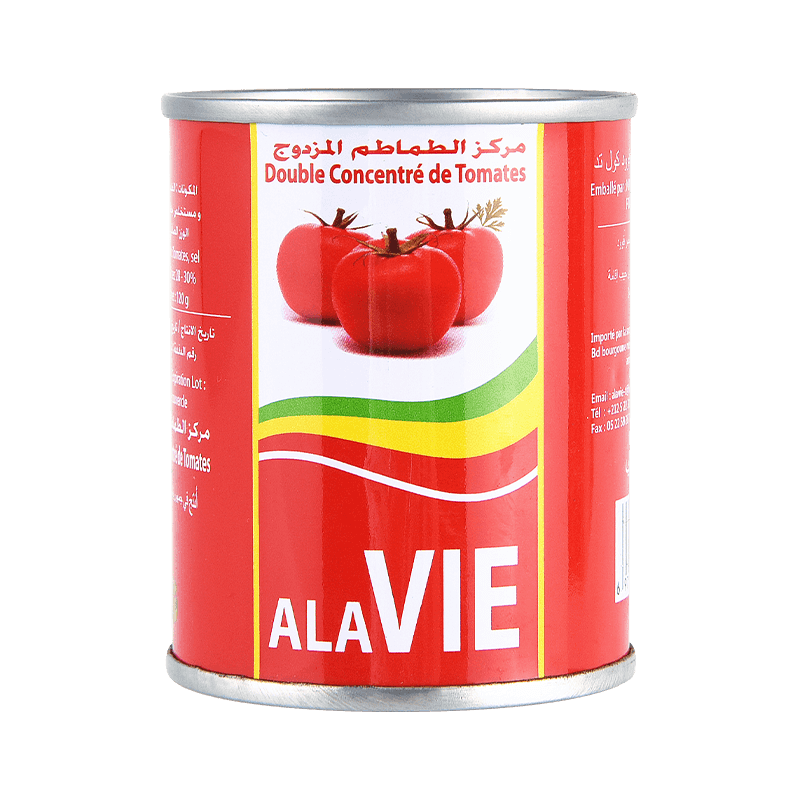


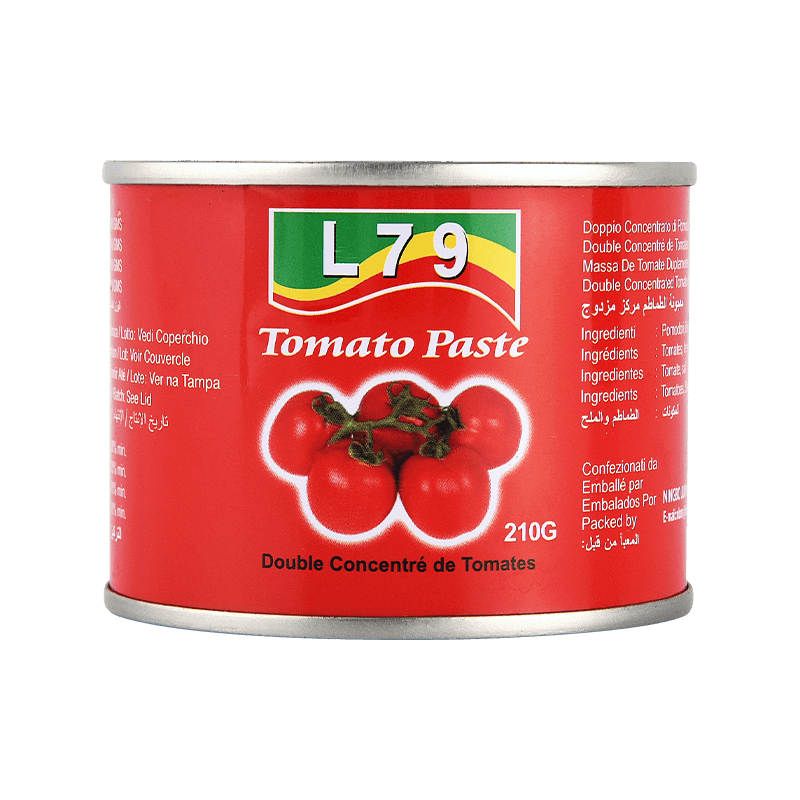
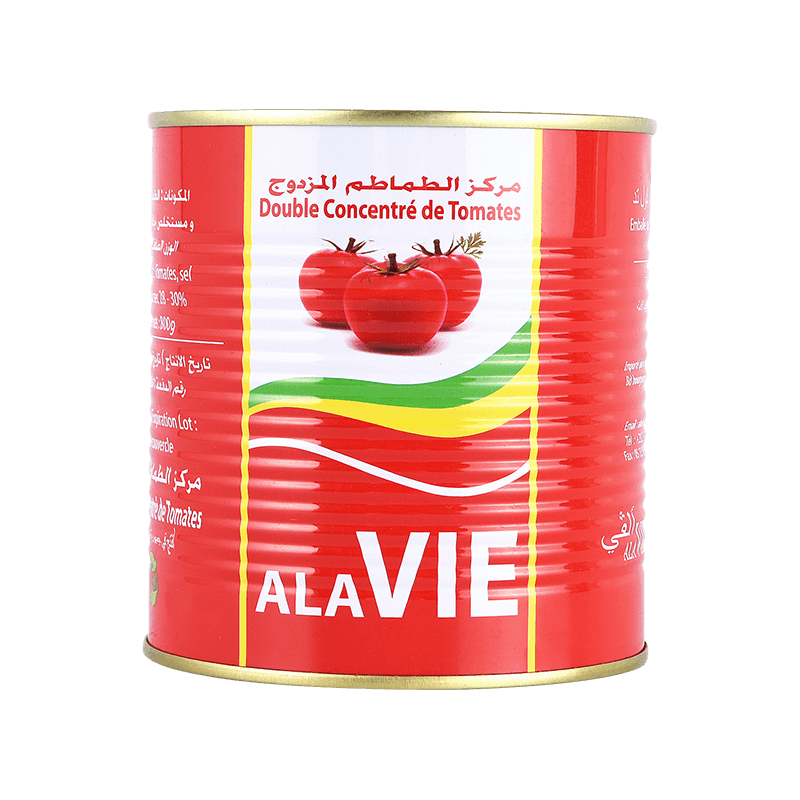
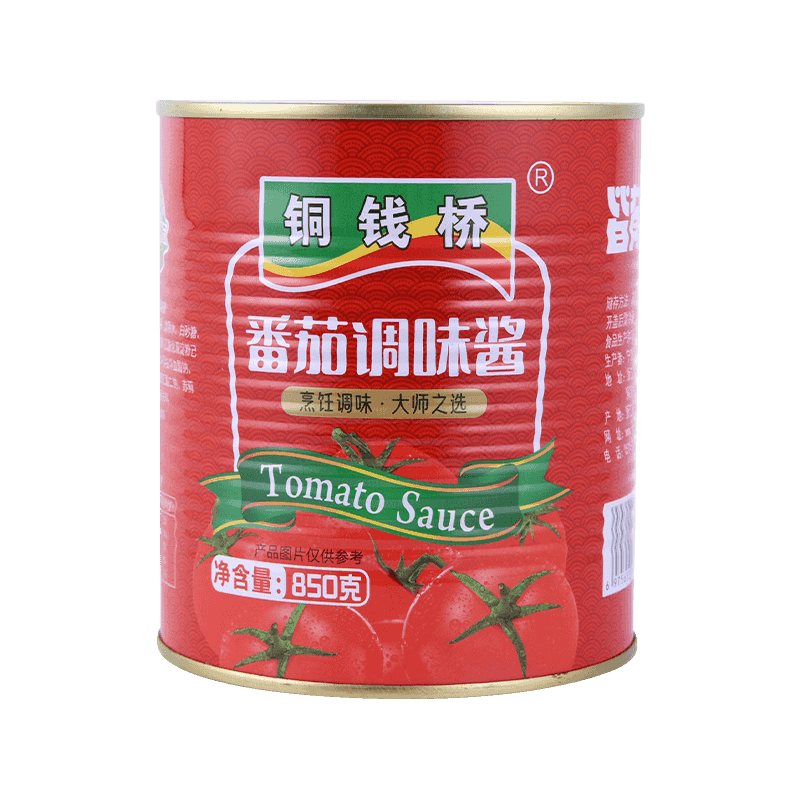
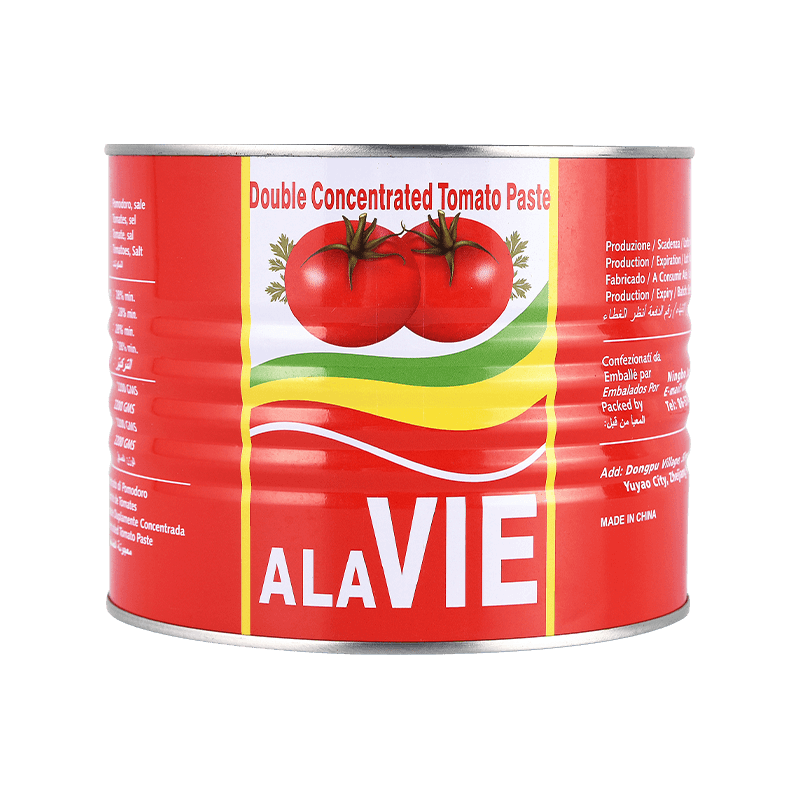

 No.1 Tongqianqiao Road, Dongpu Village, Simen Town, Yuyao, Zhejiang Province
No.1 Tongqianqiao Road, Dongpu Village, Simen Town, Yuyao, Zhejiang Province  nbms@nbtomato.com
nbms@nbtomato.com 
